If \$\rm{Re}( Z)\$ gives the reactance of a circuit, then what is the physical meaning of \$|Z|\$? How do they differ, and when would one use one over the other? (Where \$Z\$ is the impedance of an arbitrary circuit)
Asked
Active
Viewed 876 times
0
-
@PeterSmith I would argue this is not a duplicate. I am asking for specific physical interpretations of the absolute value and how this differs from the reactance. The question you linked, while related I would say is more general in its answering of what is impedance and why is it not the same as a resistance in most cases. – user27119 Apr 29 '19 at 11:05
-
3*If Re(Z) gives the reactance of a circuit* That's not true, Im(Z) gives you the **reactance**, see https://en.wikipedia.org/wiki/Electrical_reactance Re(Z) is the **resistance** or better: **the Real part of the Impedance** – Bimpelrekkie Apr 29 '19 at 11:13
-
(the fact that we assign real and imaginary part to these aspects of a current is just a model. One could do differently. The relevant physical results from that are actually answered in the other question, so this *is* a duplicate) – Marcus Müller Apr 29 '19 at 11:32
1 Answers
0
Consider the impedance of a series RLC circuit

Here \$\rm{Re}( Z) = R\$, the resistive part and \$\rm{Im}( Z) = (X_L - X_c)\$, the reactive part. For a different circuit the real and imaginary may be calculated differently but we can obtain the magnitude of the impedance as follows.
$$|Z| = \sqrt{\rm{Re}( Z)^2 + \rm{Im}( Z)^2}$$.
Which we get from Pythagoras. We can get the phase angle \$\phi\$ by noting \$\tan(\phi) = \dfrac{\rm{Im}( Z)}{\rm{Re}( Z)}\$
We need to take note of the polarities, plus or minus, of \$\rm{Re}( Z)\$ and \$\rm{Re}( Z)\$ to ensure we take the correct inverse tangent.
Warren Hill
- 4,780
- 20
- 32